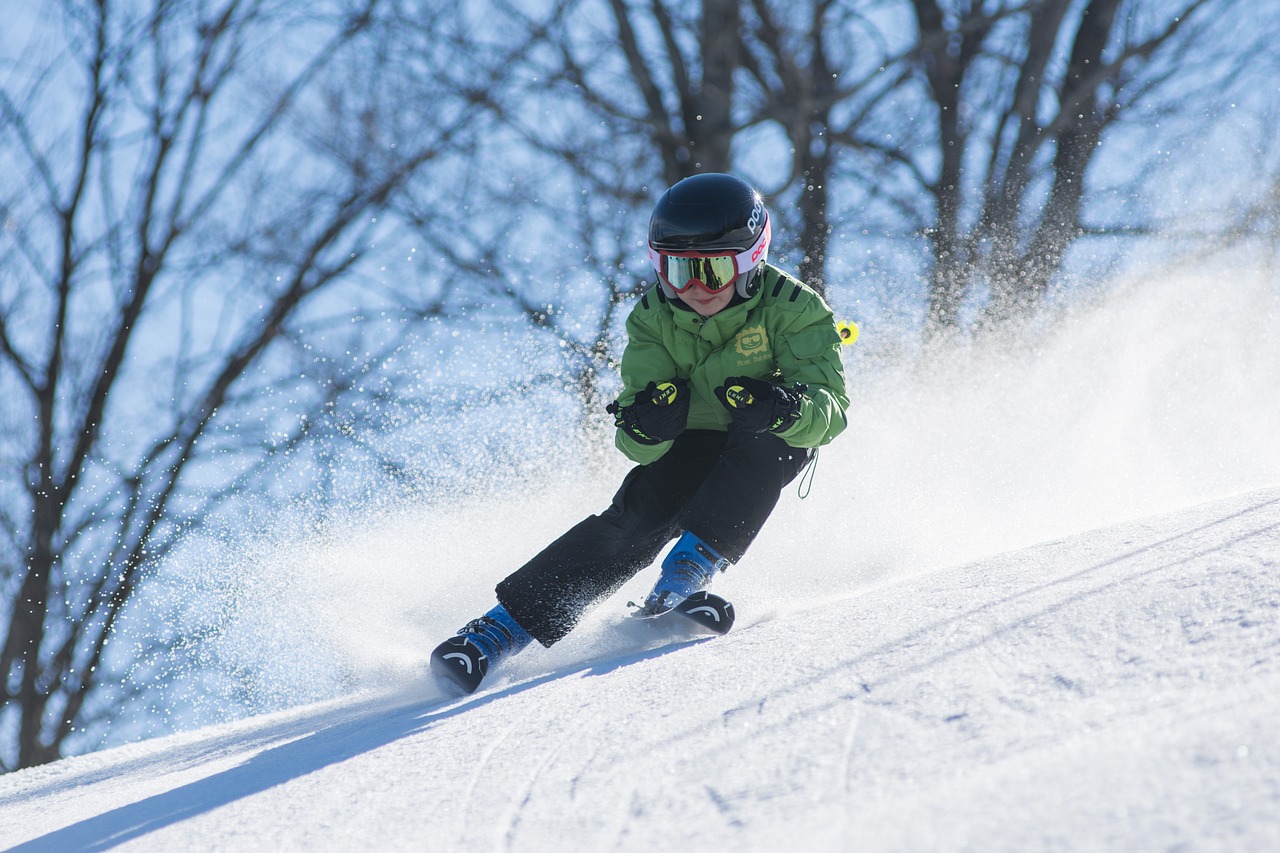Skiing is an exhilarating winter sport that combines the thrill of gliding down snow-covered slopes with the beauty of the alpine landscape. Whether you’re a beginner eager to take your first turns or an experienced skier seeking new challenges, this guide will provide you with essential information to help you enjoy the slopes safely and confidently.
1. Getting Started
- Equipment: The first step to skiing is acquiring the right gear. You’ll need skis, boots, bindings, and poles. Getting properly fitted equipment is essential, so consider visiting a specialized ski shop or rental center.
- Clothing: Dressing appropriately is key to staying warm and comfortable on the mountain. Wear moisture-wicking base layers, insulated ski pants, a waterproof jacket, gloves or mittens, and warm socks. Don’t forget a helmet for safety, and ensure you look into ski goggles mens and womens, to protect your eyes on the slopes.
2. Lessons and Training
- Lessons: If you’re new to skiing, taking lessons from a certified instructor is highly recommended. Ski resorts offer lessons for all skill levels, and they can help you develop proper technique and build confidence on the slopes.
- Practice: Practice is crucial to improving your skiing abilities. Start on beginner slopes, gradually progressing to more challenging terrain as you become more comfortable.
3. Safety First
- Know the Rules: Familiarize yourself with the rules of the mountain. Respect trail signs and ski responsibly. Yield to skiers downhill, and be aware of your surroundings at all times.
- Avalanche Safety: If you plan to ski in backcountry or off-piste areas, consider taking avalanche safety courses and carrying essential safety equipment like avalanche beacons, probes, and shovels.
4. Types of Skiing
- Alpine Skiing: This is the most common form of downhill skiing, where skiers descend groomed runs at ski resorts.
- Nordic Skiing: Nordic skiing includes cross-country skiing and ski touring. It’s a great way to explore wilderness areas on skis.
- Freestyle Skiing: For those who love jumps, tricks, and terrain parks, freestyle skiing offers an exciting challenge.
- Ski Mountaineering: Ski mountaineering combines skiing with alpinism, allowing skiers to explore remote and challenging mountain terrain.
5. Maintaining Your Gear
- Ski Care: Regularly check and maintain your skis, bindings, and poles. Make sure they’re properly tuned and in good condition.
- Boot Care: Keep your ski boots clean and dry to prevent discomfort and maintain their longevity.
6. Mountain Etiquette
- Littering: Always pack out what you bring to the mountain, including food wrappers and water bottles.
- Courtesy: Be courteous to fellow skiers, and help those in need, especially beginners or children.
7. Enjoying the Experience
- Take in the Scenery: Skiing is not just about speed; it’s also about enjoying the breathtaking mountain scenery. Take time to appreciate the natural beauty around you.
- Après-Ski: After a day on the slopes, unwind at a ski lodge with hot cocoa, a hearty meal, and socializing with fellow skiers.
Conclusion
Skiing is more than just a sport; it’s an exhilarating winter adventure that allows you to connect with nature, challenge yourself, and create unforgettable memories. Whether you’re a beginner or an expert, this guide serves as your roadmap to enjoying the world of skiing to the fullest. So, gear up, hit the slopes, and embrace the thrill of skiing!

